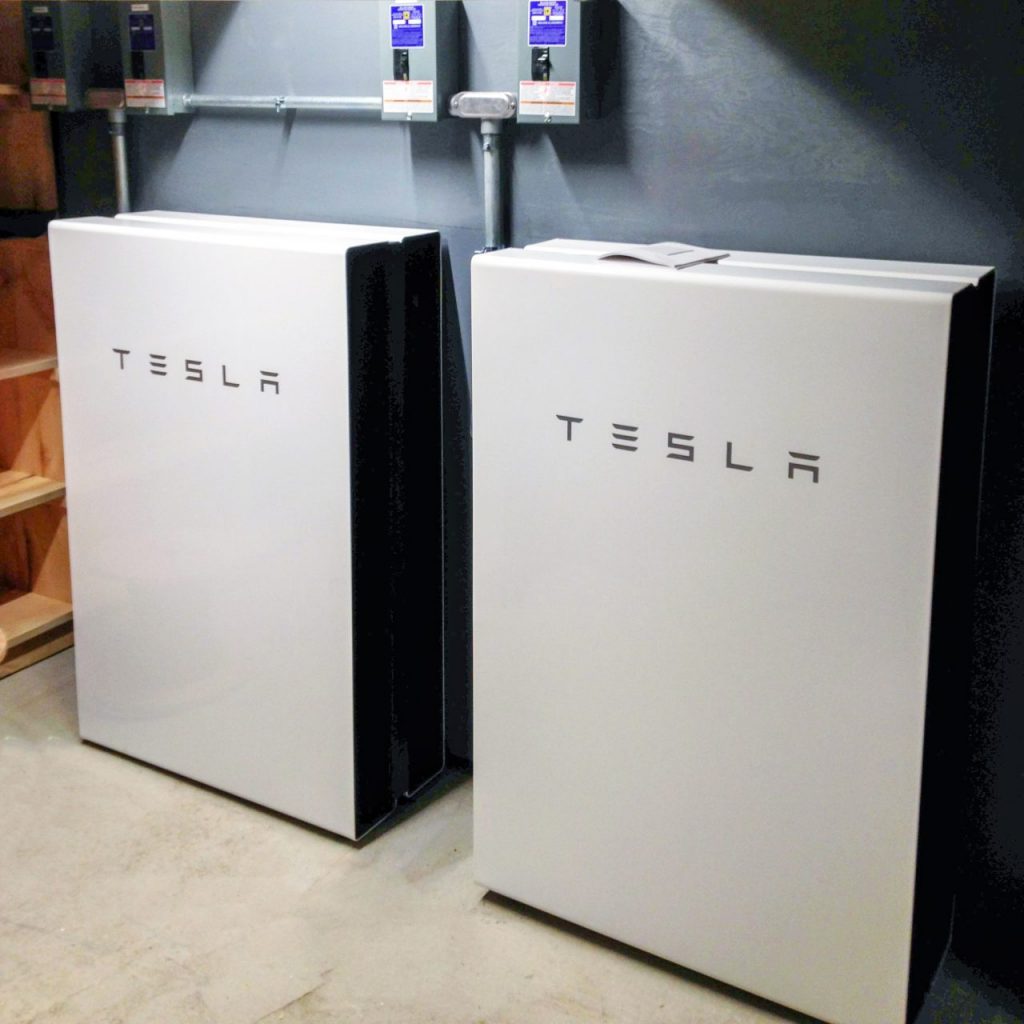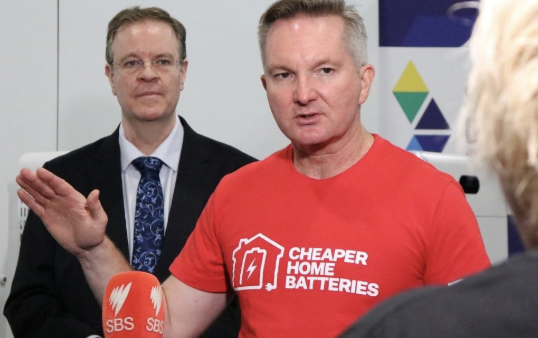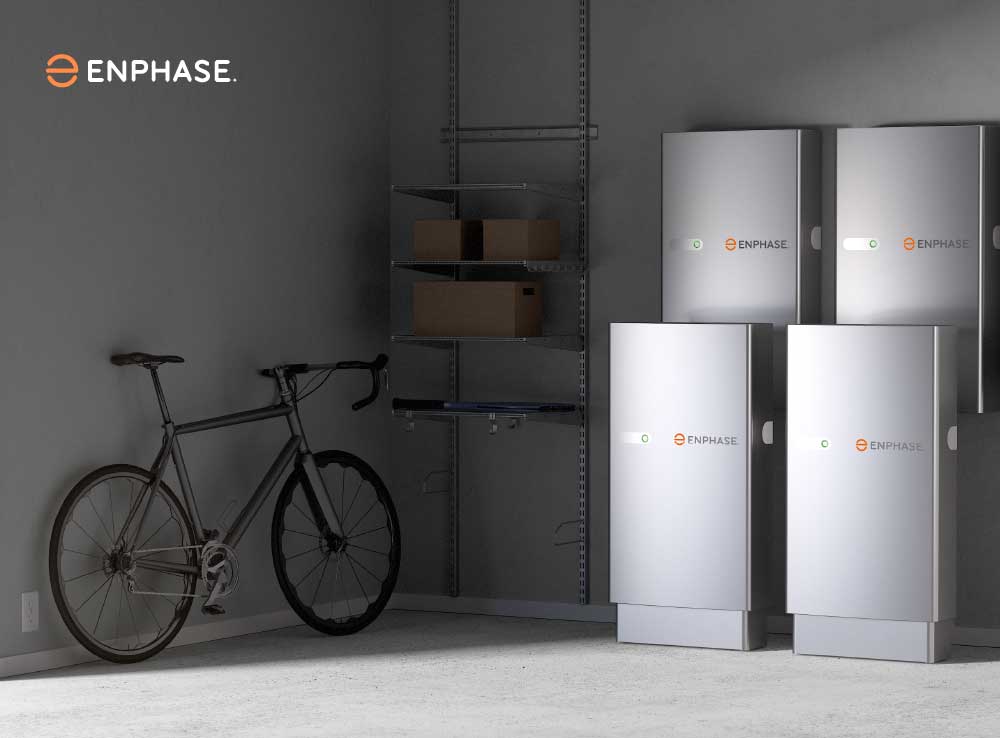
Australia’s federal election campaign heats up in April 2025, pitting the Liberal Party against the Labor Party. Over the past week, Labor unveiled a bold election promise: a $2.3 billion home battery rebate program. This initiative aims to slash costs for everyday Australians, making batteries more affordable. If Labor wins, the battery rebate scheme kicks off in July 2025, targeting batteries with capacities between 5 and 50 kWh. Notably, a 50 kWh battery offers substantial storage. So, how will this program function? How much will it cost, and what savings can the average household expect? Plus, what broader benefits do home batteries bring? Let’s dive in.
How Labor’s Home Battery Rebate Works
Labor plans to roll out the battery rebate swiftly if elected. The scheme integrates with the existing Small-scale Renewable Energy Scheme (SRES), which already subsidises rooftop solar. Households installing batteries alongside new or existing solar panels qualify for support. Specifically, the program targets batteries ranging from 5 to 50 kWh, capped at one per household. Labor expects this to drive over one million installations by 2030.
Installers provide an upfront 30% discount on battery costs. For example, a 10 kWh battery retailing at $10,000 drops to $7,000 after the subsidy. Consumers then trade a certificate—similar to solar STCs—to offset the discount. Additionally, batteries installed between April 6 and July 1, 2025, remain eligible, provided they stay offline until the program starts. Thus, Labor ensures flexibility without stalling the industry.
The subsidy adjusts annually, shrinking as battery prices fall. This mirrors the solar panel cost curve, which plummeted over decades. Consequently, Labor anticipates sustained affordability, encouraging widespread adoption.

Cost of the Program and Subsidy Details
Labor commits $2.3 billion to fund this initiative. This figure, already baked into the 2025-26 federal budget, reflects a significant investment. For households, the subsidy slashes roughly $4,000 off a typical 11.5 kWh battery. Smaller systems, like a 5 kWh unit costing $6,000, see a $1,800 reduction. Meanwhile, a hefty 50 kWh battery—rare for residential use—could save up to $15,000, though most homes opt for 10-15 kWh models.
Households pairing batteries with state incentives amplify savings. For instance, the Northern Territory’s Home and Business Battery Scheme offers up to $12,000. Combining this with Labor’s 30% discount could halve installation costs. Therefore, the program maximises value for Australians across regions.
Savings for the Average Australian Household
Households stand to gain significant savings through this program. Labor’s analysis suggests a home with existing solar saves up to $1,100 annually by adding a battery. Meanwhile, installing a new solar-and-battery system cuts bills by $2,300 yearly—about 90% of a typical family’s electricity cost. These figures stem from the Department of Climate Change, Energy, the Environment and Water.
Consider a Darwin household with a 6.6 kW solar system. Adding a 10 kWh battery stores excess daytime power, slashing reliance on pricey evening grid rates. In 2024, Australian homes averaged $1,872 in annual electricity costs. With a battery, that drops dramatically. Moreover, feed-in tariffs—once generous—now hover below 5 cents per kWh, making storage more lucrative than exporting power.

Broader Benefits of Home Batteries
Home batteries deliver advantages beyond individual savings. First, they bolster grid stability. By storing solar energy, households reduce peak demand, easing strain on infrastructure. For example, evening spikes often drive up wholesale prices. Batteries mitigate this, potentially saving $1.3 billion annually across Australia, per Smart Energy Council estimates.
Second, batteries enhance renewable energy uptake. Australia boasts over four million solar homes, yet only one in 40 has storage. With Labor’s push, batteries harness midday solar surplus, cutting reliance on coal and gas. As a result, the nation edges closer to its 82% renewables target by 2030.
Third, environmental gains shine through. A 10 kWh battery offsets roughly 10 tons of CO2 yearly—akin to planting 160 trees. Consequently, widespread adoption curbs emissions, aligning with climate goals. Plus, batteries in Virtual Power Plants (VPPs) share stored energy, amplifying community benefits.
Why This Matters in the Election
Labor frames this policy as a cost-of-living lifeline. With electricity prices rising—despite a failed 2022 pledge to cut bills by $275—households crave relief. The Liberal Party, meanwhile, pushes nuclear power, a costlier, distant solution. Thus, Labor’s immediate, tangible offer contrasts sharply with its rival’s long-term vision.
Critics, like the Coalition’s Andrew Sukkar, call it a subsidy for the wealthy. However, Labor counters that falling battery costs and stacked incentives democratize access. For everyday Australians, the promise of cheaper, cleaner energy resonates.

Challenges and Considerations
Challenges linger, though. High upfront costs—averaging $10,000 pre-subsidy—deter some, despite discounts. Additionally, extreme weather, like Darwin’s cyclones, demands robust, certified systems. Nevertheless, the 12-17 year lifespan of batteries ensures long-term value.
Final Thoughts
Labor’s $2.3 billion home battery program sparks hope for Australian households. By slashing costs, it promises up to $2,300 in annual savings while stabilizing the grid and cutting emissions. If successful, this initiative transforms how Aussies power their lives. As the election nears, voters weigh this practical pledge against competing visions. For now, Labor’s plan illuminates a brighter, more affordable future.